Often times, when venturing into the backcountry or wilderness areas, encounters with wildlife, particularly bears, are a possibility. To mitigate the risk of these encounters, it is crucial to understand and utilize certain safety measures, one of which involves the use of a bear canister. But what exactly is a bear canister, and why is it important?
In this blog post, we will delve into the purpose and significance of bear canisters, their use in various national parks and wilderness areas, and why they are a crucial component of backcountry safety.
Understanding Bear Canisters
Definition and Purpose
The bear canister is an essential tool for outdoor enthusiasts venturing into bear country. The primary purpose of a bear canister is to store food and scented items safely to minimize the risk of attracting bears into campgrounds or backcountry areas.
The canister is a sealed container designed to prevent access to its contents by bears and other wildlife. It plays a critical role in the prevention of human-bear encounters and the protection of both humans and bears from dangerous interactions.
Proper use of bear canisters is vital in ensuring the safety of wilderness visitors and the preservation of natural habitats.
The Design and Materials of Bear Canisters
Bear canisters are typically composed of durable, hard-sided materials such as carbon fiber or heavy-duty plastic. Their design includes a locking lid mechanism that secures the contents within while preventing wildlife from accessing the stored items.
These canisters are designed to withstand the strength and persistence of bears, making them an integral part of responsible wilderness practices.
The construction of bear canisters is specifically engineered to distribute weight evenly, making them suitable for backpacking trips in bear country.
Bear canister design emphasizes odor resistance to deter bears from being attracted to the stored food or scented items, ultimately minimizing the potential for harmful wildlife encounters.
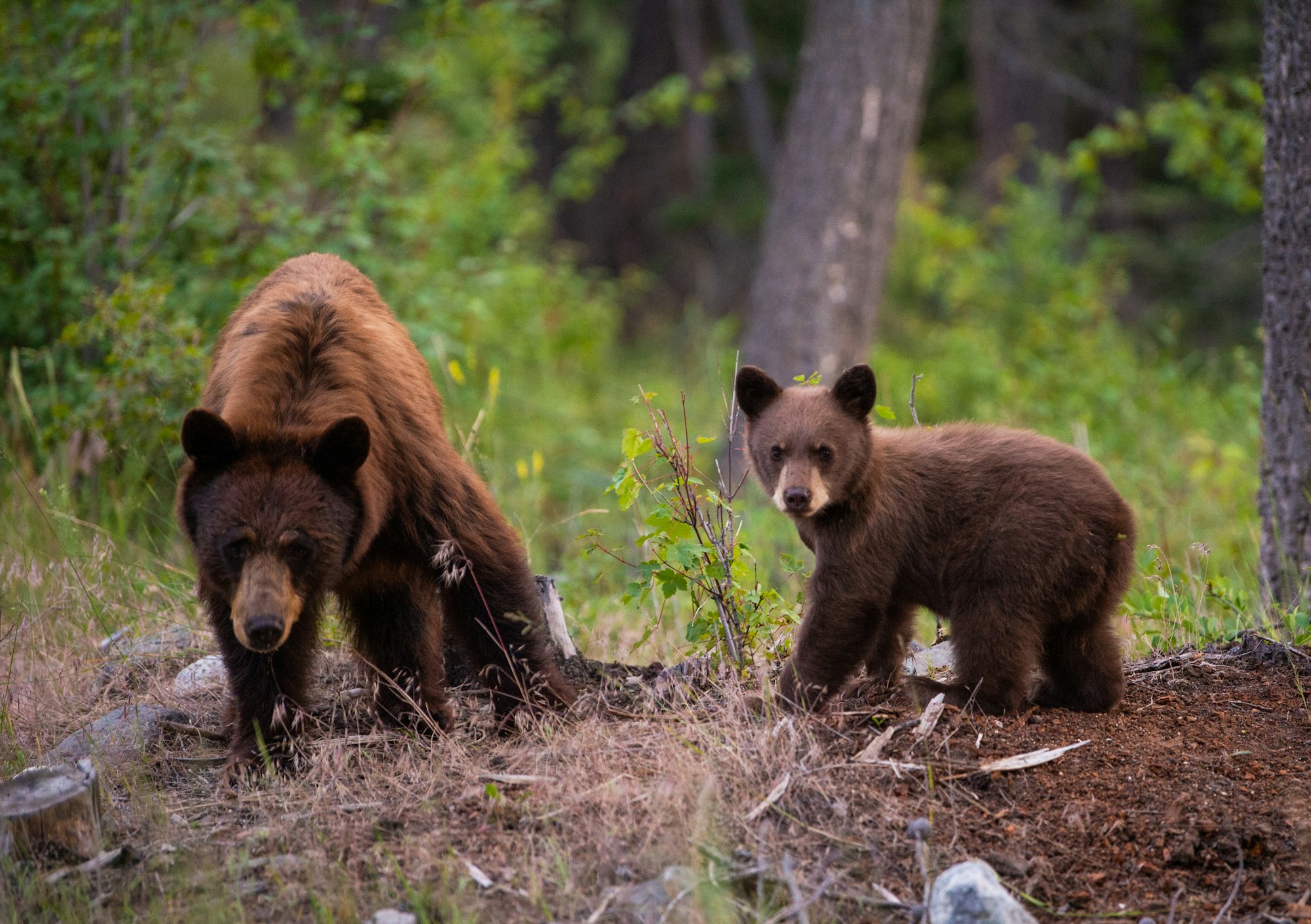
Types of Bear Canisters
When it comes to bear canisters, there are various types available, each with its own unique features and capacity. Understanding the different types of bear canisters is crucial for selecting the most suitable option for your outdoor adventures. Here's a breakdown of common bear canister types:
- Definition - Hard-sided containers
- Definition - Carbon fiber construction
- Definition - Heavy-duty plastic material
- Definition - Weight distribution design
- Definition - Odor-resistant properties
Perceiving the distinctions between these types and their specific attributes is essential in choosing the most effective bear canister for your outdoor experiences in bear country.
Importantly, familiarity with these variations equips individuals with the necessary knowledge to prioritize wilderness safety and conservation efforts.
How to Use a Bear Canister Effectively
Keep yourself and the bears safe by learning how to effectively use a bear canister when venturing into bear country. Bear canisters are essential for storing food and scented items to prevent bears from accessing human food in the wild. Follow these guidelines to use your bear canister correctly.
Packing Your Bear Canister
The key to effectively using a bear canister is proper packing. When loading your bear canister, be sure to place heavy items at the bottom and distribute weight evenly. This will help prevent the canister from tipping over or rolling, and it will also make it easier to fit all your food and scented items inside.
The arrangement of items inside the canister is crucial. Store all your food, including packaged and sealed items, as well as scented items like lip balm and mosquito repellent, securely within the bear canister to minimize odors and attractants that could entice bears.
Proper Placement in the Wild
Proper placement of your bear canister is essential for ensuring its effectiveness. With local regulations in mind, choose a suitable location for your bear canister in backcountry areas, ensuring it is at least 100 feet away from your campsite.
This will help prevent bears from associating food with human activity and reduce the risk of human-bear encounters.
Remember to keep your bear canister well-maintained and odor-resistant to minimize attractants for bears.
Proper placement, combined with a well-packed and odor-resistant bear canister, is crucial for preventing bears from accessing human food in the wild and maintaining a safe wilderness area for both humans and wildlife.
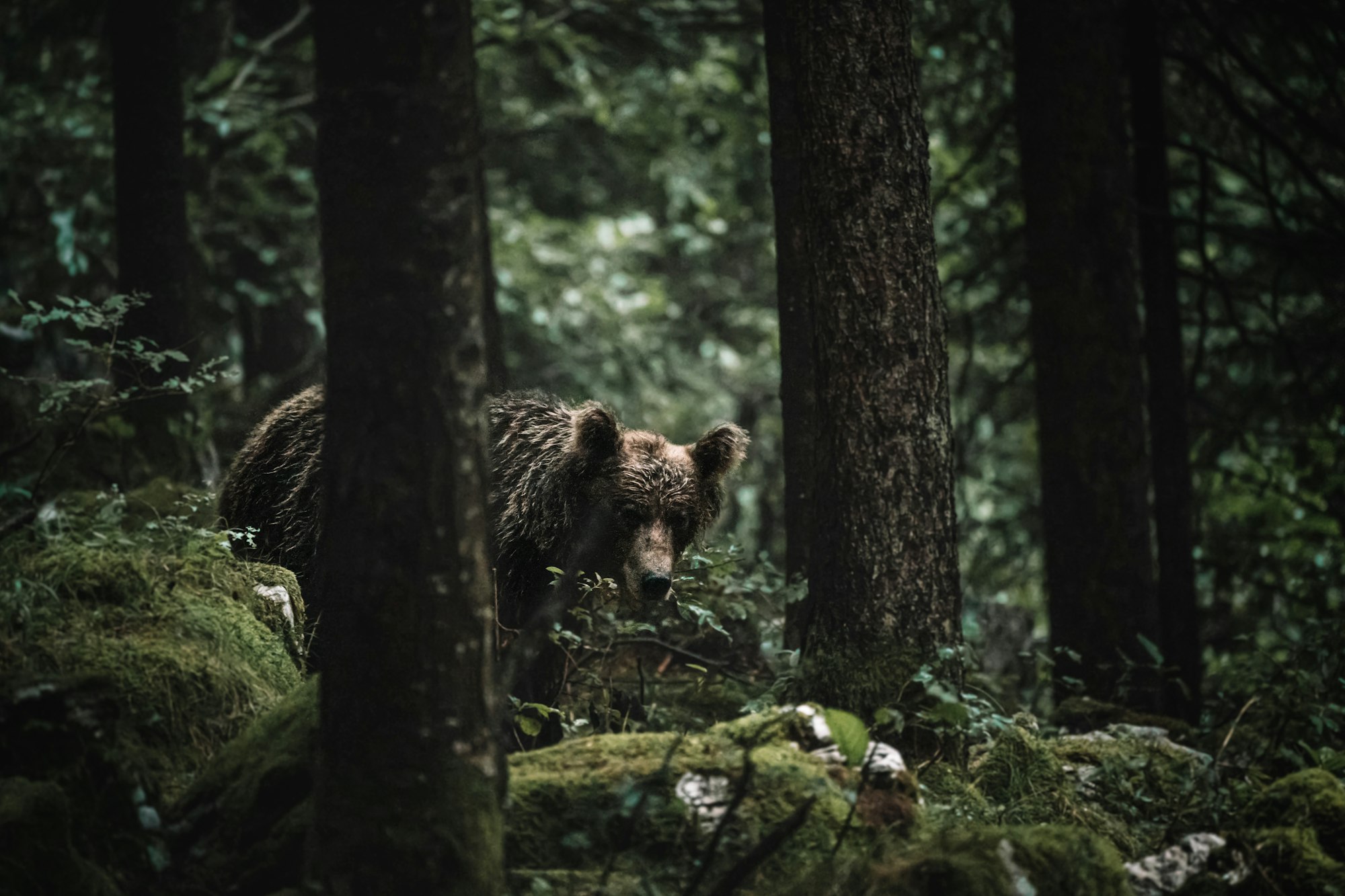
Bear Canisters and Park Regulations
Not only are bear canisters an essential tool for backcountry camping and hiking, but they are also often required by national parks and wilderness areas to protect both wildlife and visitors.
Understanding the regulations and guidelines for bear canister use is crucial for anyone planning to explore these areas.
National Parks with Mandatory Canister Rules
Bear canisters are required in many national parks, such as Yosemite National Park and Rocky Mountain National Park, where regulations mandate their use to mitigate human-wildlife conflicts and safeguard food supplies.
Failure to comply with these regulations can result in citations and fines. It's important to research the specific rules for the national park you plan to visit so that you can adhere to the requirements and protect both yourself and the local environment.
Understanding Local Guidelines and Recommendations
Mandatory bear canister use is not limited to national parks, as many wilderness areas and national forests also have regulations in place.
Plus, understanding the local guidelines and recommendations for bear canister use can be essential in areas where it is not mandatory, to ensure the safety of your food supplies and prevent potentially dangerous encounters with wildlife.
Researching and following these guidelines is crucial for responsible outdoor enthusiasts and hikers.
Alternatives and Supplements to Bear Canisters
Despite the effectiveness of bear canisters for storing food and preventing bears from accessing human food, there are alternatives and supplementary methods that hikers and campers can use to protect their food in bear country.
These alternatives include bear bags, food lockers in campsites, and additional protective measures to further enhance food storage safety.
Bear Bags
To supplement bear canisters, some outdoor enthusiasts opt for bear bags. These are durable, odor-resistant bags that are used to hang food and scented items out of a bear's reach.
When properly hung from a tree branch, bear bags can serve as an effective deterrent against bears accessing human food.
However, it's important to note that hanging food bags requires proper technique and knowledge of bear behavior to ensure its effectiveness in bear country.
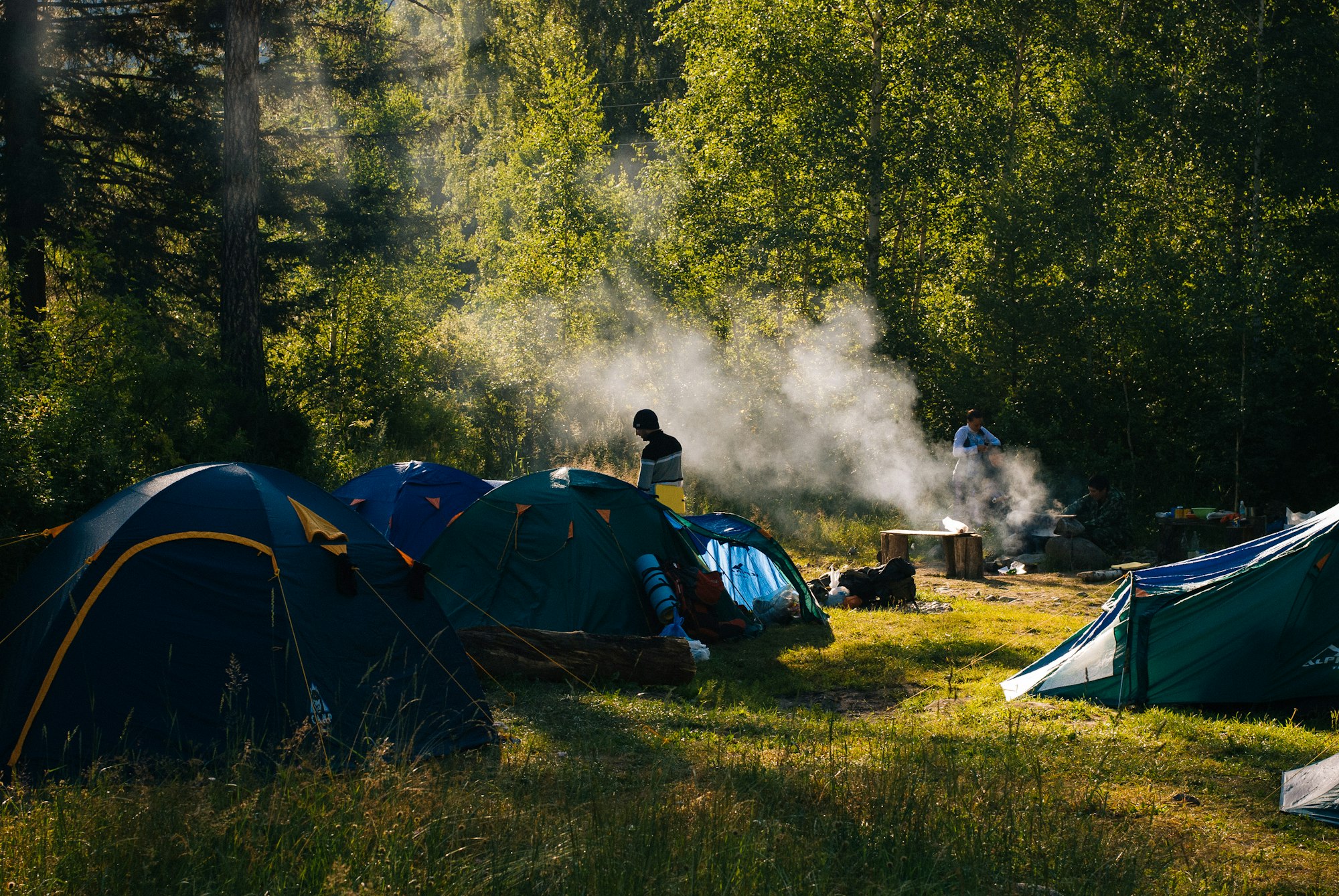
Food Lockers in Campsites
Food lockers in campsites are another alternative to bear canisters. In areas such as national parks and wilderness areas, campers can utilize designated food lockers to store their food safely.
These lockers are often scent-proof and bear-resistant, providing a secure storage option for campers.
Using food lockers in campsites can help reduce the risk of bear encounters and protect both the wildlife and human food supplies.
It is essential to familiarize oneself with local regulations and park-specific guidelines regarding the use of food lockers in campsites, ensuring compliance with wilderness area protocols and regulations to prevent attracting bears.
Lockers for storing food items is a common feature in national parks and wilderness areas, and they are an excellent supplement to bear canisters, providing an additional layer of protection for campers and hikers.
By utilizing food lockers, outdoor enthusiasts can adhere to the principles set forth by the Interagency Grizzly Bear Committee and reduce instances of bear-human interactions in the backcountry.
Additional Protective Measures
In addition to bear canisters, bear bags, and food lockers, there are additional protective measures that hikers and campers can employ to safeguard their food in bear country.
These measures may include using scent-resistant bags, utilizing reflective tape for visibility, and employing other wildlife deterrence tactics.
While bear canisters and lockers are highly effective, incorporating additional protective measures can further mitigate the risk of bear encounters and ensure the safety of both humans and wildlife in the wilderness.
The use of additional protective measures, such as scent-resistant bags and reflective tape, can enhance the overall security of food storage in bear country, preventing bears from accessing human food supplies and reducing the potential for negative interactions between bears and humans.
It is important to consider the specific needs and challenges of each wilderness area, utilizing a combination of protective measures to safeguard food supplies effectively.
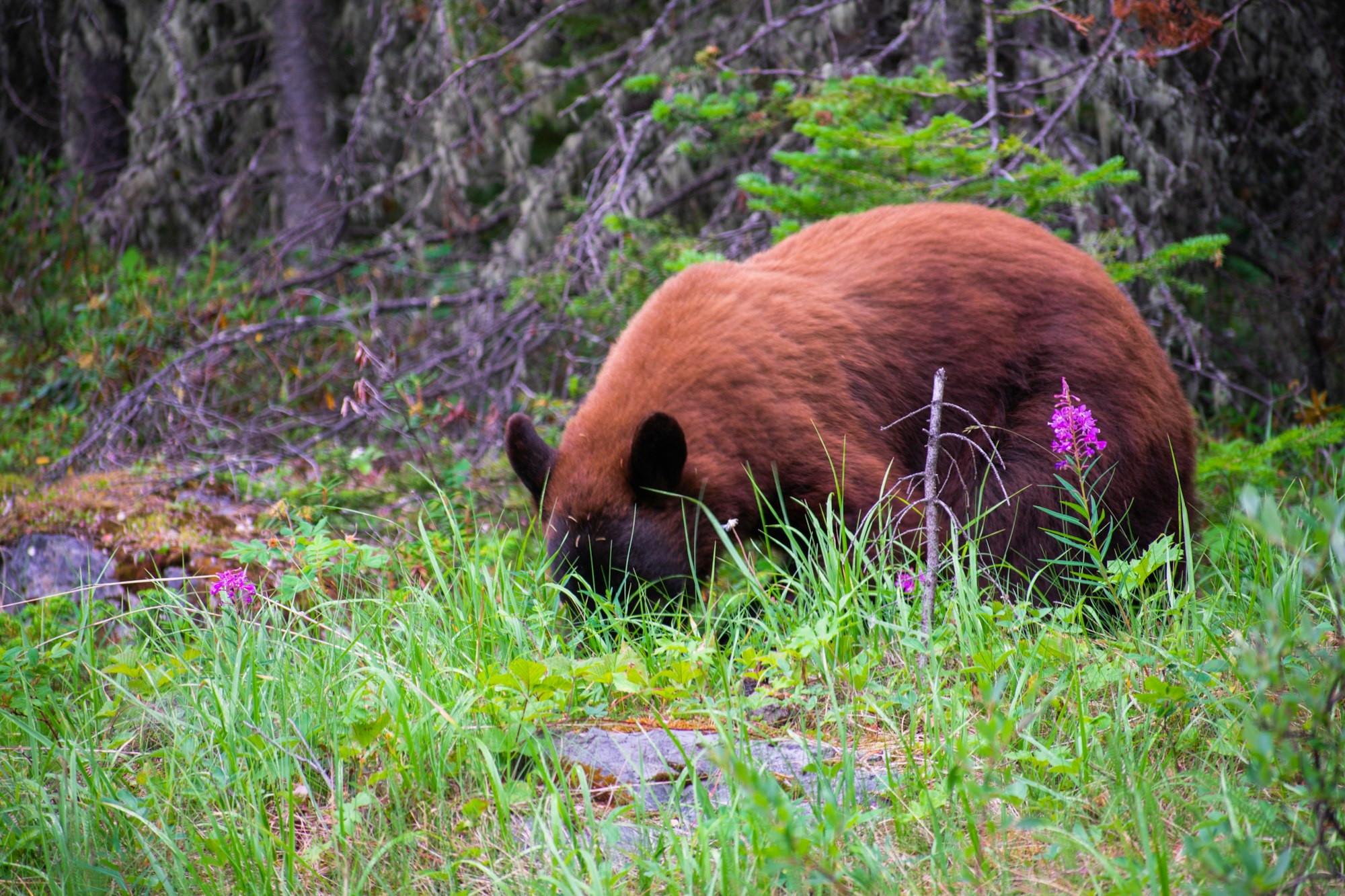
Some Final Thoughts
A bear canister is a hard-sided container that is used to store food and scented items while camping or hiking in areas with bear populations.
It is designed to prevent bears from accessing human food, thereby reducing the risk of dangerous bear encounters and keeping both humans and bears safe.
Bear canisters are required in many national parks and wilderness areas and are an essential tool for responsible backcountry food storage.
They are also an effective way to protect not only against bears, but also other wildlife, and are an important measure in promoting outdoor safety and ethical practices.
Overall, using a bear canister is crucial for protecting both humans and wildlife while enjoying the great outdoors.
FAQ's
Q: What is a bear canister?
A: A bear canister is a container designed to store food and scented items securely to prevent bears and other wildlife from accessing them. It is a critical tool for outdoor enthusiasts to ensure the safety of both humans and wildlife in bear country.
Q: Why is a bear canister important?
A: Bear canisters are important because they help prevent bears from associating humans with a food source, reducing the likelihood of potentially dangerous human-bear encounters. Additionally, they protect the natural behavior and habitat of bears by minimizing their exposure to human food, which can have detrimental effects on their health and survival.
Q: How does a bear canister work?
A: Bear canisters work by providing a secure and durable storage solution that is resistant to bears' attempts to access the contents. These canisters are typically made of strong, impact-resistant materials and feature locking mechanisms to keep bears from opening them.
Q: Where should a bear canister be used?
A: Bear canisters should be used in areas where bears are known to inhabit, such as national parks, wilderness areas, and any location with a bear population. It is essential to adhere to local regulations and guidelines regarding the use of bear canisters.
Q: Are there different types of bear canisters?
A: Yes, there are various types of bear canisters available, including hard-sided containers, carbon-fiber canisters, and other models designed for specific environments and trip durations. It's important to choose a bear canister that meets the requirements of the area you will be visiting.
Q: How should a bear canister be properly stored and maintained?
A: Bear canisters should be stored away from campsites and other areas where people congregate. When not in use, they should be cleaned thoroughly to remove all food smells and stored securely to prevent wildlife from accessing them. Regular maintenance and inspection are also essential to ensure the integrity of the canister.
Q: What regulations should be followed when using a bear canister?
A: It is crucial to familiarize yourself with the specific regulations and guidelines for bear canister use in the areas you plan to visit. Different national parks and wilderness areas may have distinct rules regarding bear canister requirements, and failure to comply with these regulations can result in fines and penalties.
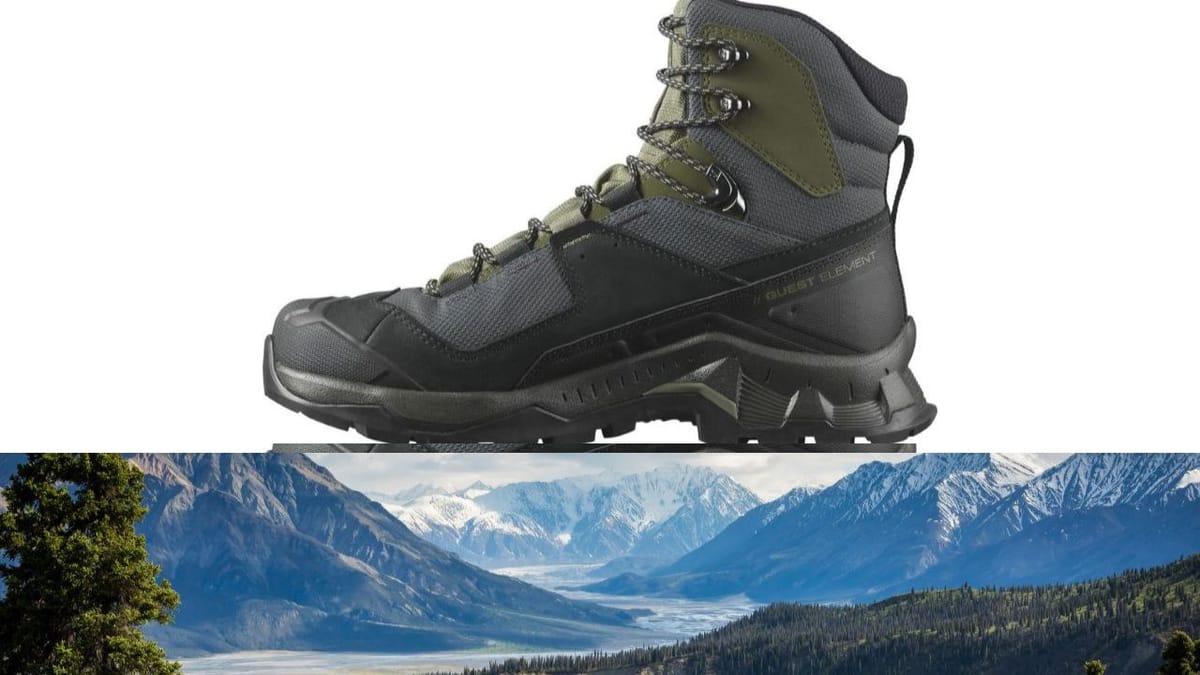


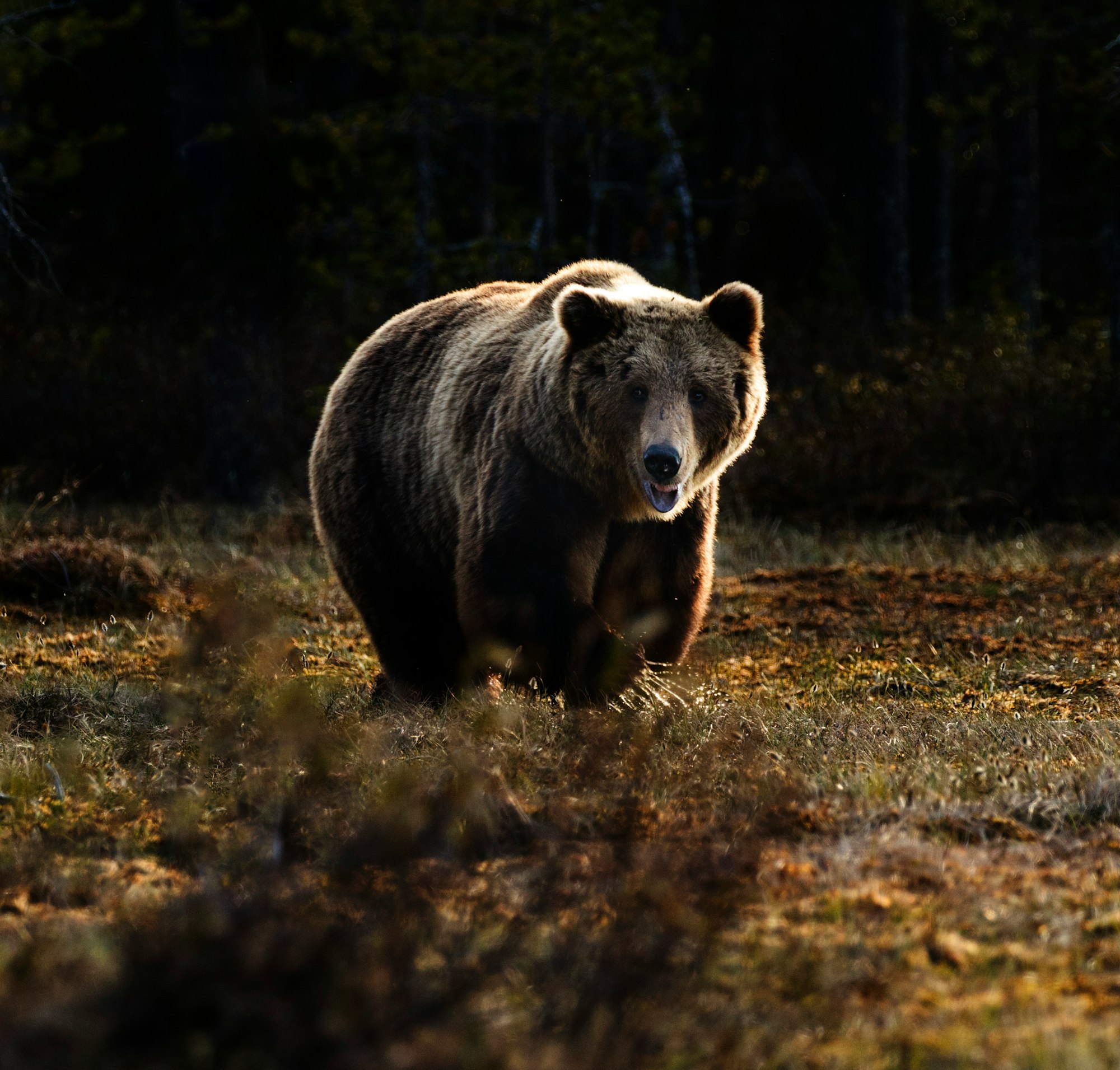









Member discussion